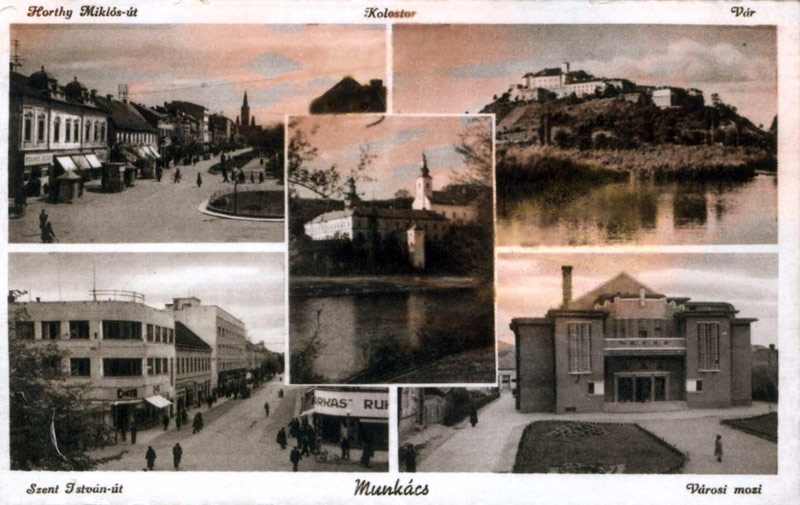The Jews of Munkács During WWI
 During World War I, conscription was tightened by the Austro-Hungarian authorities. Many Jews tried to evade being called up, fearing their religious obligations would be severely challenged within army ranks. Those that were conscripted found themselves in strange and hostile environments, most of which were also antisemitic – for example, Jews were accused of fraudulence and black market trading. However, some Jews saw their army service as an opening towards citizenship. The majority were new immigrants to Subcarpathian Rus', aiming for legal residence in the area.
During World War I, conscription was tightened by the Austro-Hungarian authorities. Many Jews tried to evade being called up, fearing their religious obligations would be severely challenged within army ranks. Those that were conscripted found themselves in strange and hostile environments, most of which were also antisemitic – for example, Jews were accused of fraudulence and black market trading. However, some Jews saw their army service as an opening towards citizenship. The majority were new immigrants to Subcarpathian Rus', aiming for legal residence in the area.
In 1915, on a Sabbath day, the Russian army approached Munkács. The rabbis declared that the Jews should travel away from the town in order to save their own lives – and the Jews fled during the Sabbath. But the Russians did not succeed in penetrating the town, and as the danger waned, they returned to Munkács.
During WWI, many war-torn refugees from Galicia arrived in Subcarpathian Rus', Jewish and non-Jewish. Some of the Jewish refugees eventually succeeded in integrating themselves into the local established communities, helping them grow. Among the new arrivals were renowned Hasidic rabbis, including the Admor of Belz and the Admor of Wisnicz. Munkács also absorbed many refugees. However, called to the aid of thousands of refugees, the community's institutions collapsed under the tremendous strain. The chief rabbi and Admor of the Munkács Hasidim, Rabbi Chaim Elazar Shapira, stood at the helm of the aid efforts set up in the town.
The war caused great suffering to all the residents of Subcarpathian Rus'. Representatives of the Joint (American Jewish Joint Distribution Committee) that came to visit the area in 1919 found many starving people, in tattered clothing and stricken with plagues. In their subsequent report, the Joint representatives described the town as "infected and incubating cholera." Residents quoted in the report described how "every street of Mukačevo (Munkács) had a 'miracle worker' with his Galician followers".
At the end of WWI, the Austro-Hungarian Empire collapsed and the Republic of Czechoslovakia was founded. The war continued in Subcarpathian Rus' into 1919, and the district became a center of conflict between the Hungarians, the Romanians and the Czechs. Munkács itself was divided for a short while in April 1919 between the Romanians and the Czechs, but was finally absorbed into Czechoslovakia. The Jews of Subcarpathian Rus', who until then had managed to safeguard their traditional lifestyle and religious boundaries, thus became exposed to great political, social and cultural vicissitudes.
